Willow was arguably one of the best fantasy films of the 1980s, and yet it never ended up getting the wider recognition that it deserved. Directed by Ron Howard and produced by George Lucas, the movie didn’t wow audiences or critics on release in 1988. Even so, it garnered two Academy Awards and has since developed a massive cult following. Here are some more things about the sword and sorcery adventure which you might not have known.
20. Val Kilmer spends most of the movie limping because the prop cage fell on his foot
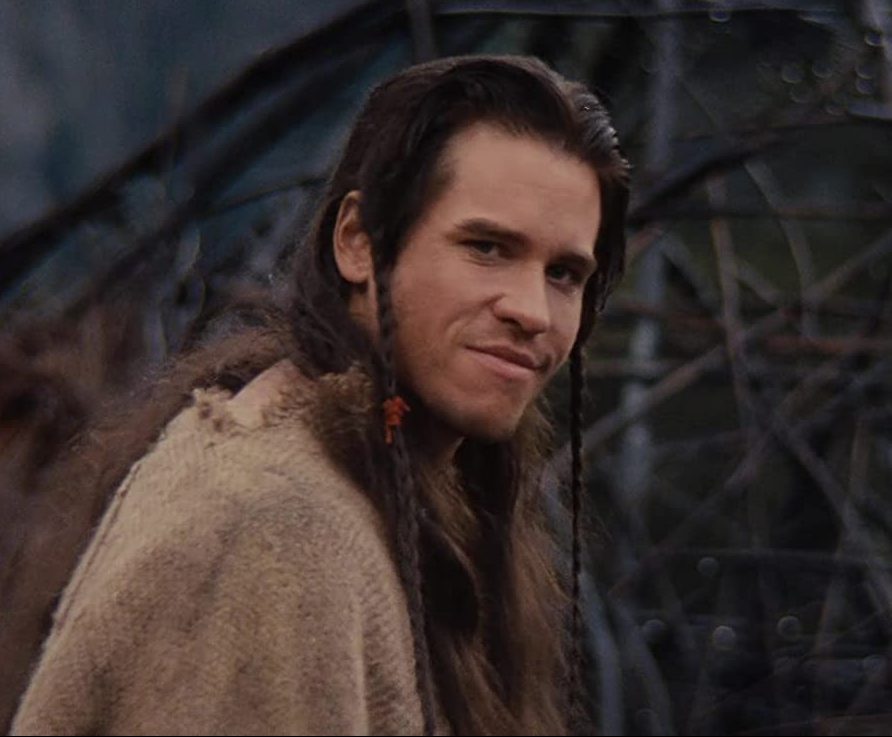
Film sets are generally pretty safe places, with plenty of checks in place to ensure that both the actors and crew are unlikely to get hurt while working on the film.
[rtk_adunit_top]
Still, accidents do happen, and sometimes actors get injured in the most mundane of circumstances.

For example, on Willow Val Kilmer didn’t get injured during a dramatic stunt gone wrong, or from long shooting days that involved running across rocky and uneven terrain.
[rtk_adunit_middle]
Instead, the actor was preparing to relax between takes when he was hurt by a piece of the set.
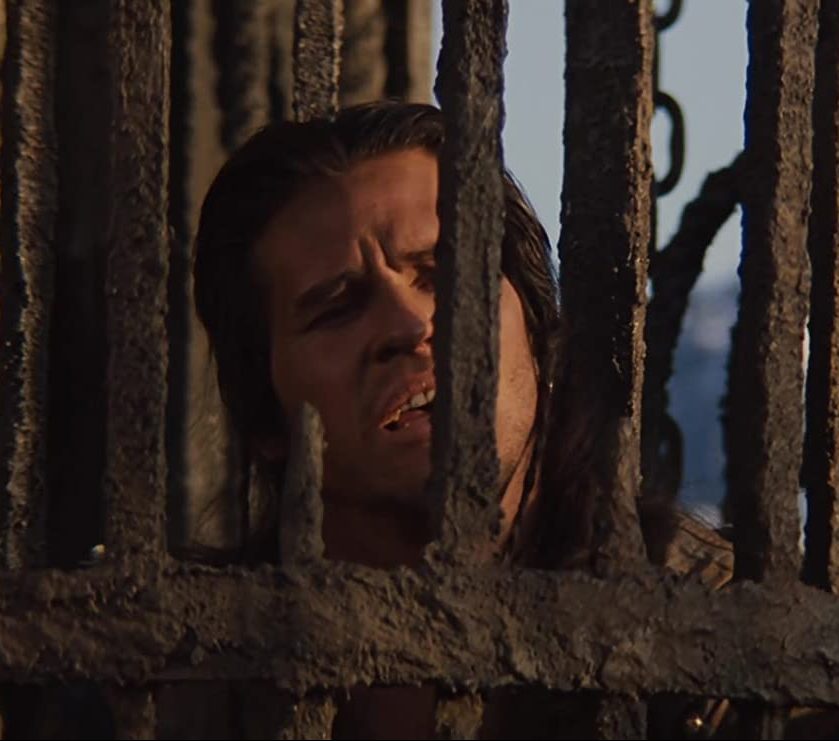
Kilmer was dismounting from the huge metal prop cage in which he had to pretend to be trapped when the chain holding it broke and caused it to crash down on his foot.
[rtk_adunit_bottom]
He wasn’t seriously injured, but he does have a noticeable limp in the scenes filmed in the subsequent days.
19. The villains are named after George Lucas’ fiercest critics
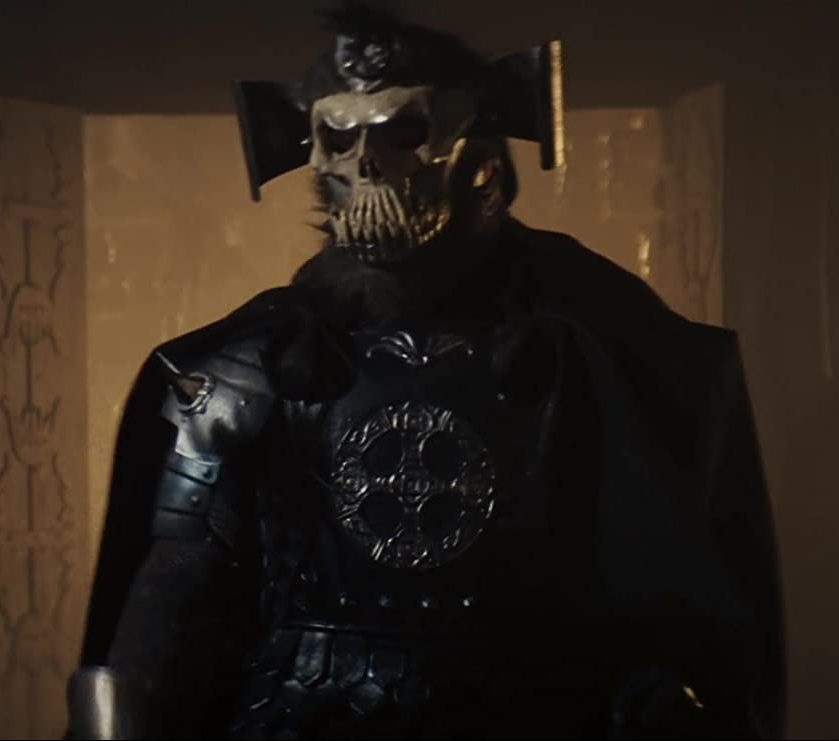
The villains in Willow might not be quite as iconic as those from George Lucas’ other well-known project, but they’re still scary enough to send any kid scuttling behind the sofa.
[rtk_adunit_top]
However, there’s a clear Star Wars connection in Willow’s skull-faced foes, specifically when it comes to their names.
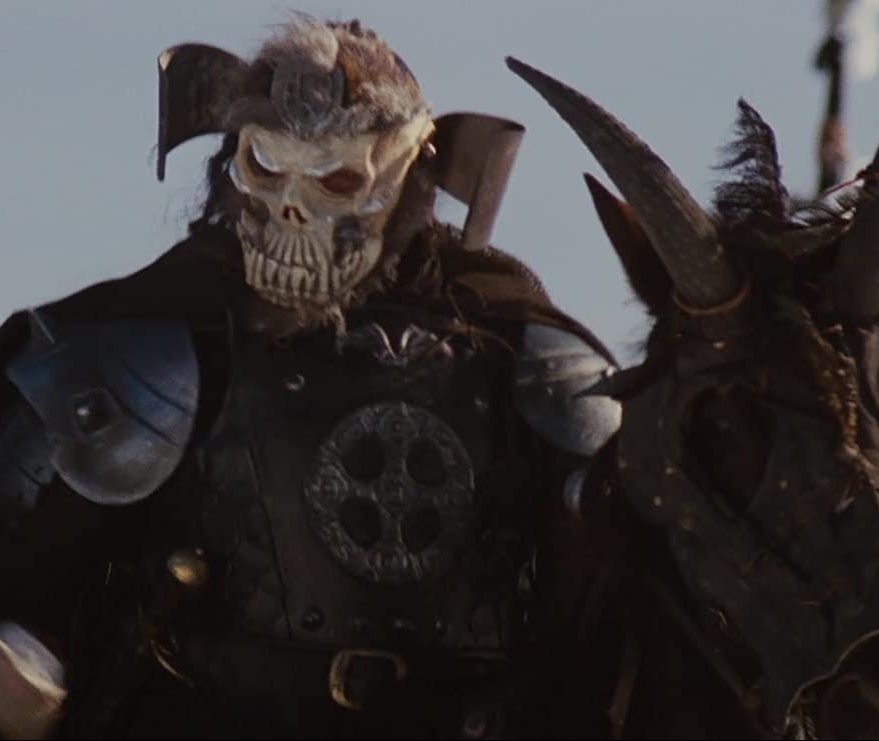
In what could be considered a pretty petty move, Lucas named the villains of Willow after famous film critics.
[rtk_adunit_middle]
Not only that, but he made sure to name the baddies after the pundits who he felt were too harsh about his previous work.

General Kael, for example, is a reference to the infamous New Yorker critic Pauline Kael.
[rtk_adunit_bottom]
Similarly, the two-headed dragon’s name is never revealed onscreen, but a glance at the script would confirm that it’s named the Eborsisk, with the two heads representing Roger Ebert and Gene Siskel.
18. No studio wanted to finance the movie
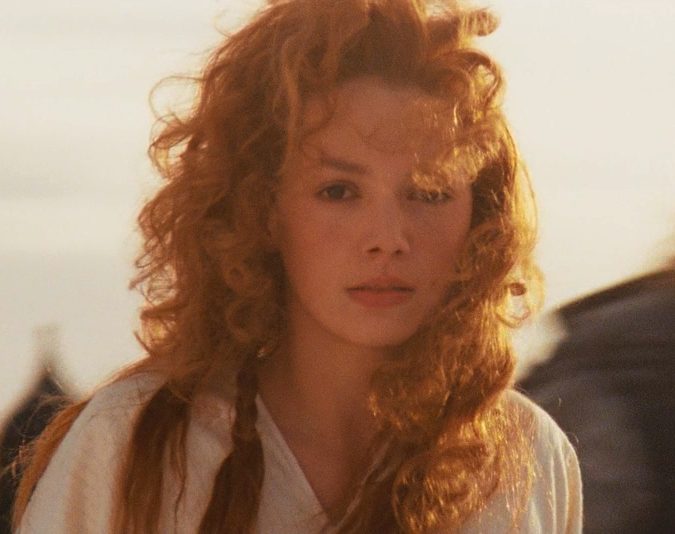
There’s no denying that Star Wars is a property that changed cinema forever, and is pretty unparalleled in the way it brought science fantasy to the masses.
[rtk_adunit_top]
Given its massive impact and worldwide acclaim, it’s hard to imagine a scenario in which anyone would ever turn down a George Lucas project again.
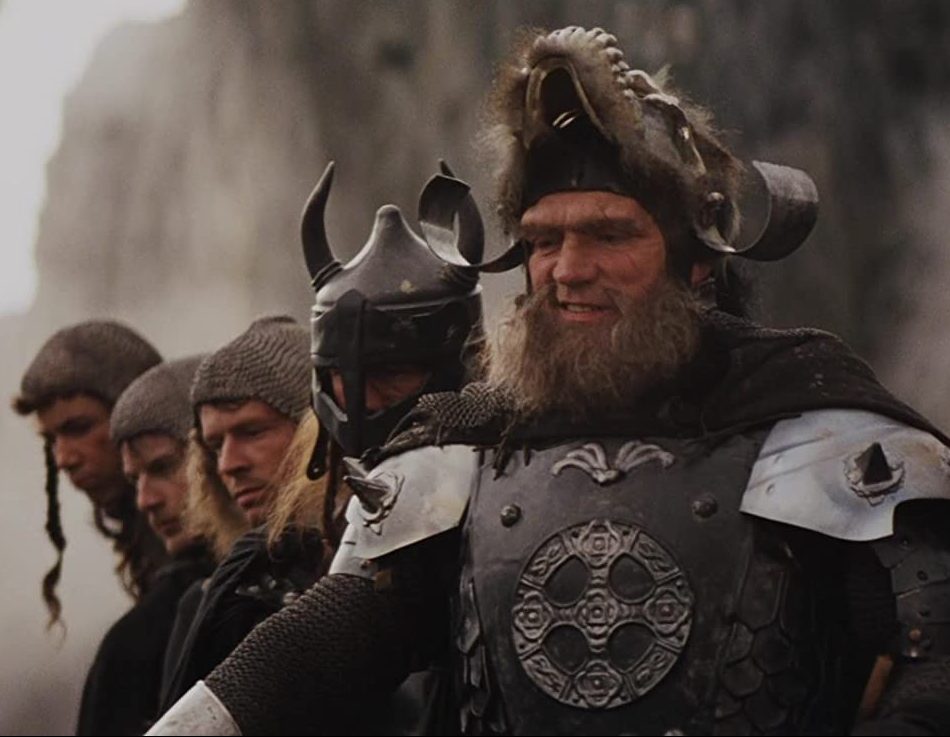
Unfortunately for Lucas though, even his prior success was not enough to sell studios on the idea of Willow, with execs unanimous in thinking it would fail.
[rtk_adunit_middle]
The studio logic was that all the fantasy movies that had been released at the time had flopped, and Willow was an even tougher sell than most.
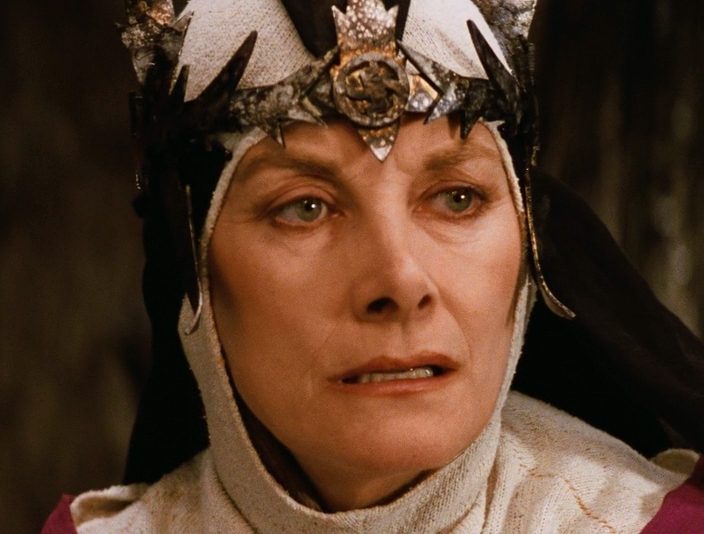
In the end, Lucas had to rely on veteran producer Alan Ladd Jr. to agree to co-finance the project, and Lucas’ own studio had to shoulder the other half of the cost.
[rtk_adunit_bottom]
Ladd Jr. also greenlit Star Wars years earlier, so at least Lucas had one dedicated fan in the scary world of movie financing.
17. Lucas was angry that Kilmer got top billing over star Warwick Davis

With very few exceptions, if you are the star of a movie, you’re the actor who gets top-billing.
[rtk_adunit_top]
The name of the movie’s star appears in the biggest letters on the poster, and they get the most dramatic introduction in the trailers.
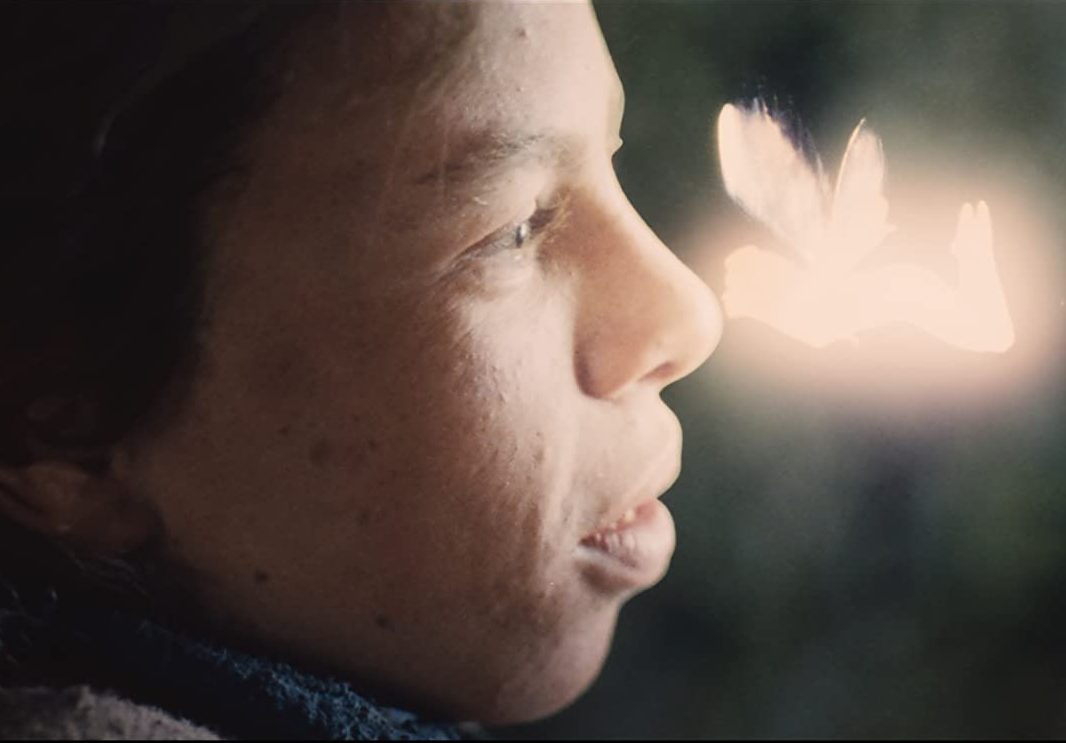
When it comes to Willow, the undisputed star of the movie is Warwick Davis, the heart of the film and the actor who takes up the majority of the screen time.
[rtk_adunit_middle]
So it only makes sense that Davis would be given the status of the top-billed star, right?
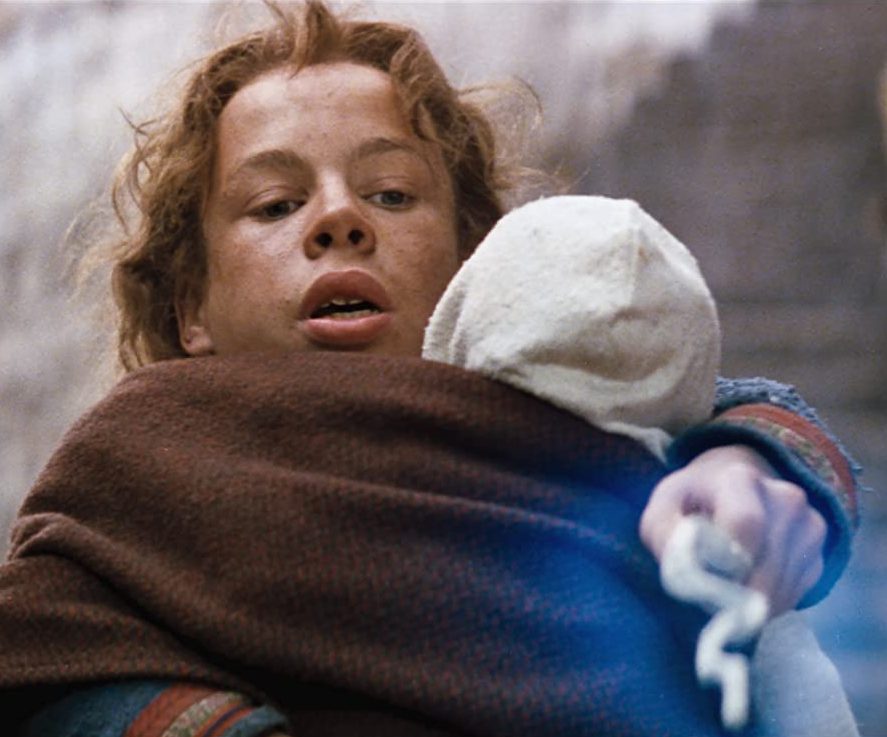
Sadly, it was Val Kilmer who was given top billing in Willow instead of Davis, mostly due to Davis being an unknown actor at the time.
[rtk_adunit_bottom]
Lucas was famously angered by this decision, believing that Davis deserved to have the honour of the top spot after all his hard work.
16. John Cusack says losing the role of Madmartigan to Val Kilmer is his biggest professional disappointment
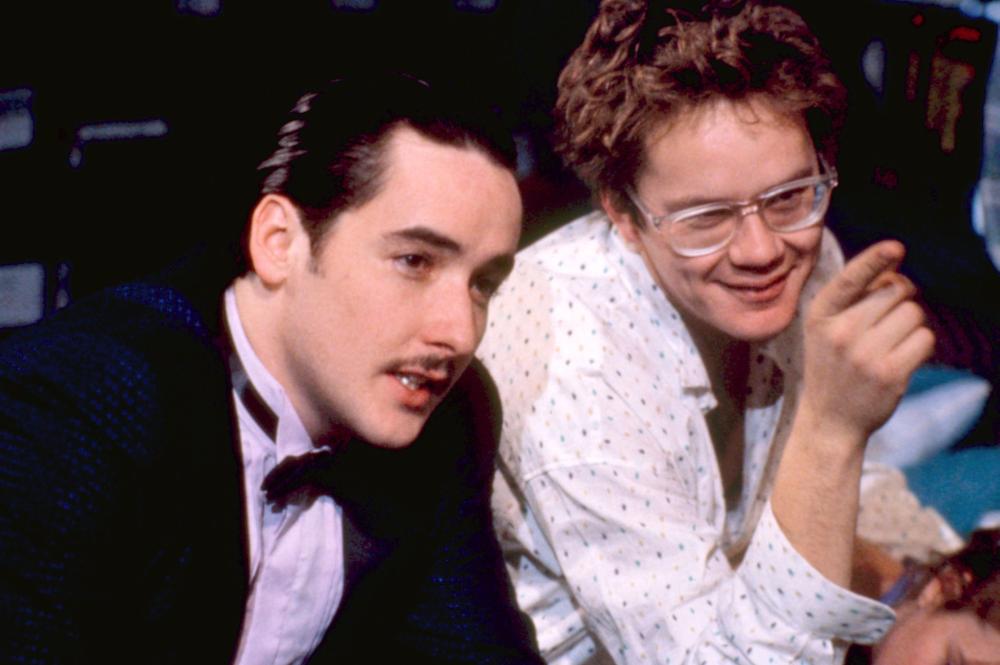
It’s hard to imagine anyone other than Val Kilmer in the role of Madmartigan, especially since he brought so much of his own personality to the performance.
[rtk_adunit_top]
However, while Kilmer was the actor to eventually win the part, he wasn’t the only one interested in it.
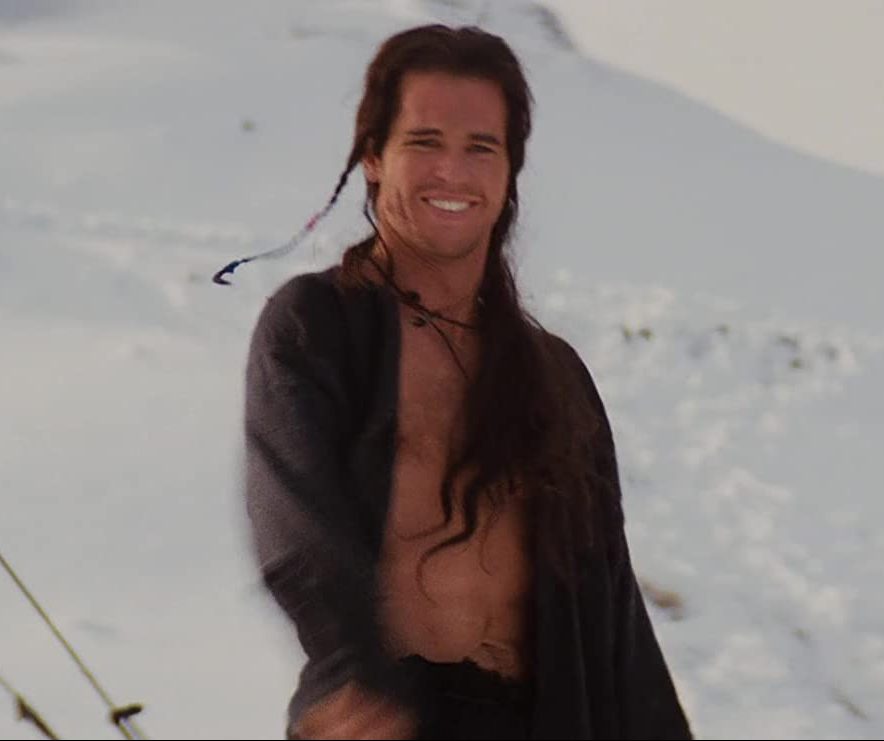
In particular, John Cusack was obsessed with the role of Madmartigan, and apparently doggedly pursued it.
[rtk_adunit_middle]
He didn’t get the part in the end, and was allegedly hugely disappointed when he found out the casting directors had gone in another direction.

Cusack has since said in interviews that missing out on the part is the biggest disappointment of his professional life.
[rtk_adunit_bottom]
He’s yet to star in a fantasy movie of a similar nature, so maybe he’s getting his high fantasy kick by LARPing in secret.
15. The movie syncs up perfectly with Pink Floyd’s The Wall
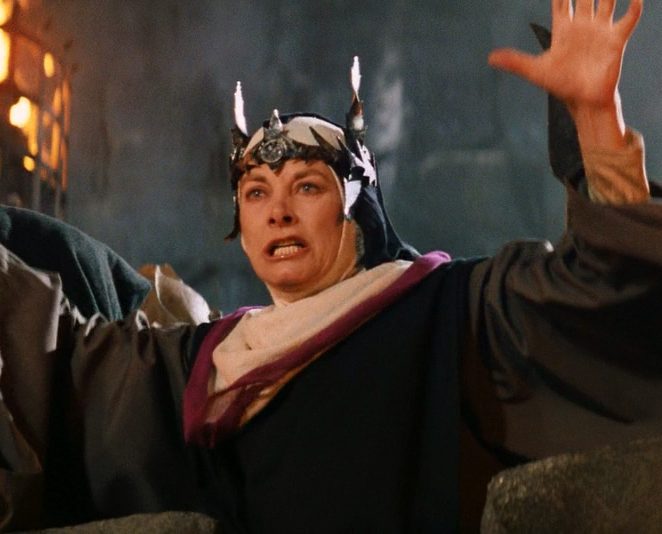
It’s fairly common for directors to put Easter eggs into their films, whether it’s subtle references to other films in their canon or just hilarious running gags going on in the background.
[rtk_adunit_top]
Willow, however, is uniquely its own giant Easter egg, in that the film’s scenes sync up with a popular rock album.
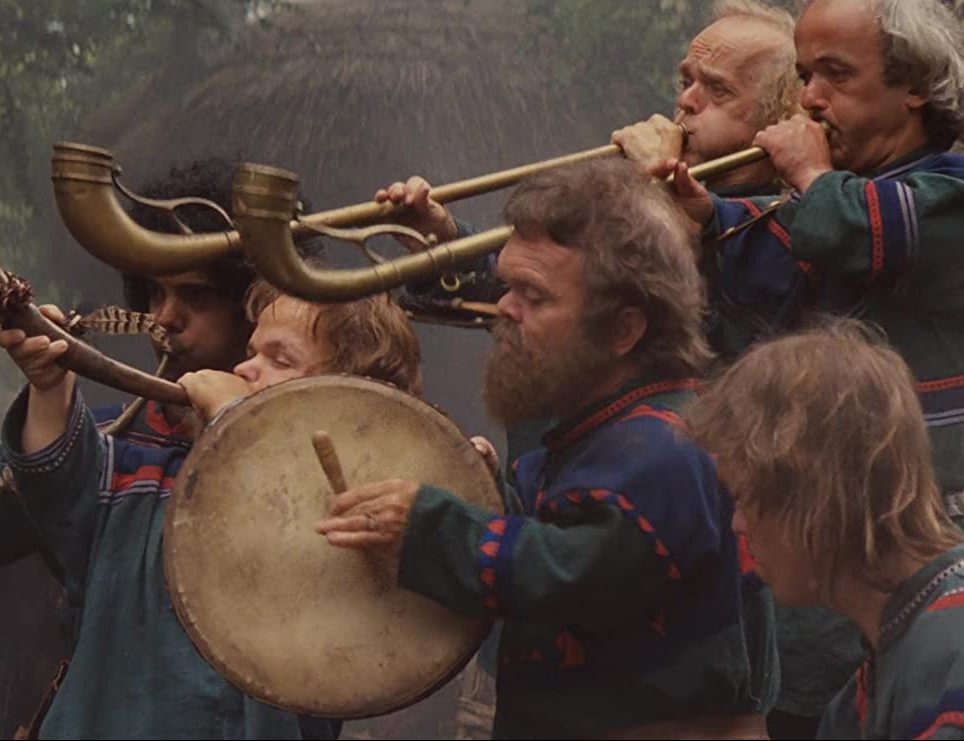
As weird and unlikely as it might sound, if you press play on a copy of Willow and a copy of Pink Floyd’s The Wall at the same time, you might get some surprises.
[rtk_adunit_middle]
For example, the moment you hear a baby crying at the start of the track Is There Anybody Out There?, you should see a baby in a basket crying on screen.
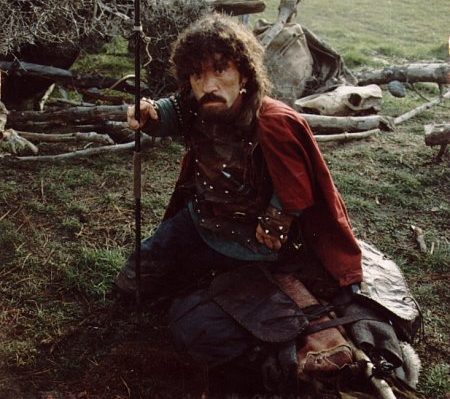
Not only that, but a scene of the village elders talking syncs up with a keyboard solo, meaning their hand gestures take on a new hilarious connotation.
[rtk_adunit_bottom]
There’s also one instance in this scene of a villager putting his fist in the air on a single drum beat, which is hard but super rewarding to catch.
14. Joanne Whalley accidentally stabbed a stuntman on-set
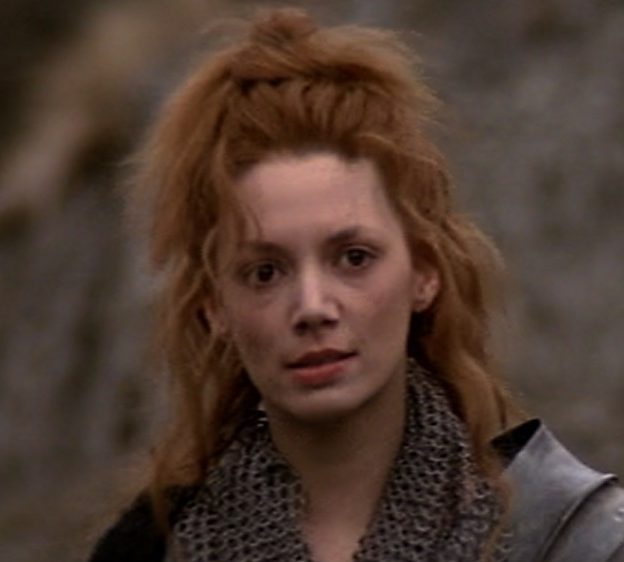
Joanne Whalley’s character is a highlight of Willow for many people, both because of Sorsha’s fiery attitude and her ability to make chainmail look fashionable.
[rtk_adunit_top]
However, despite her ability to wear armour like a professional, Whalley’s actual sword skills left something to be desired.
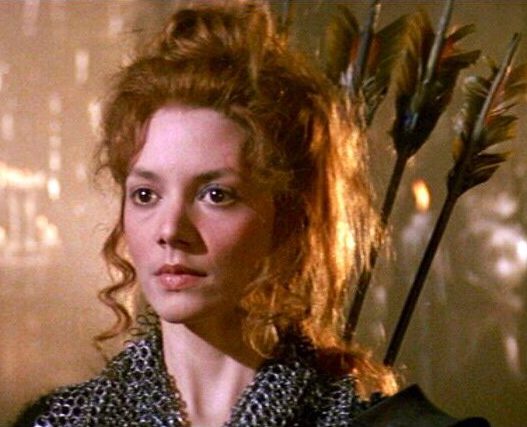
Though she definitely managed to master the skill of injuring people with her blade, she ended up injuring completely the wrong people, and at completely the wrong time.
[rtk_adunit_middle]
Specifically, during a dramatic moment where she had to plunge her sword into the ground outside the tavern, Whalley accidentally plunged it into the foot of a stuntman.
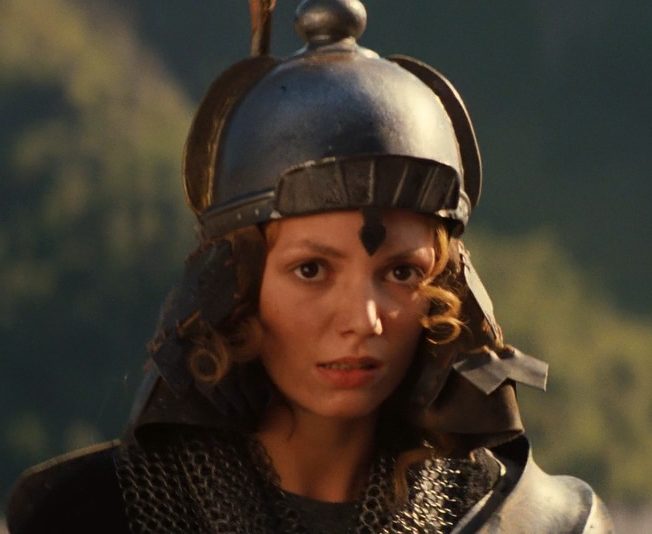
Not a great thing to happen during the production of a kids’ fantasy movie, even if the stuntman had definitely had to deal with injuries before.
[rtk_adunit_bottom]
Still, if that’s the amount of damage Whalley could do accidentally, there’s a good chance she’d be pretty deadly in a real sword fight.
13. George Lucas waited a decade for VFX to progress before making Willow
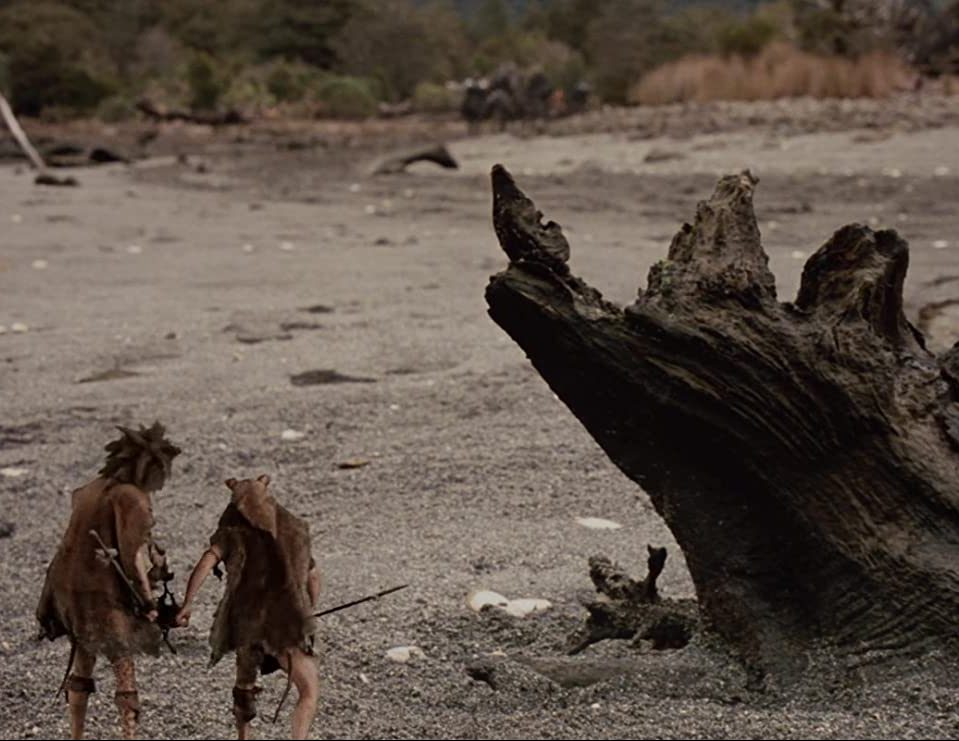
Some directors are famous for their instantly recognisable dialogue, while some are famous for a signature gritty, dark, surreal or whimsical tone.
[rtk_adunit_top]
If George Lucas is famous for anything, it’s for his pioneering VFX work, and for his commitment to creating huge sprawling worlds and landscapes using digital techniques.
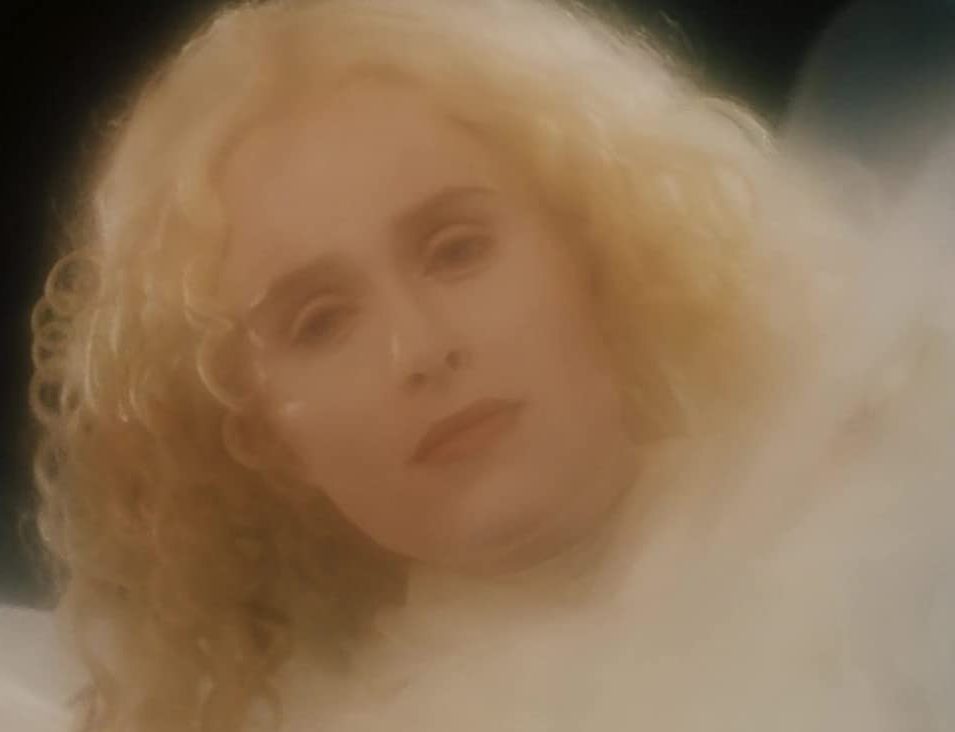
However, sometimes Lucas’ brain has been way ahead of what the field of visual effects could actually achieve at the time.
[rtk_adunit_middle]
While in the case of Star Wars Lucas decided to forge ahead and update the movies retroactively when new techniques were developed, for Willow he had a different strategy.
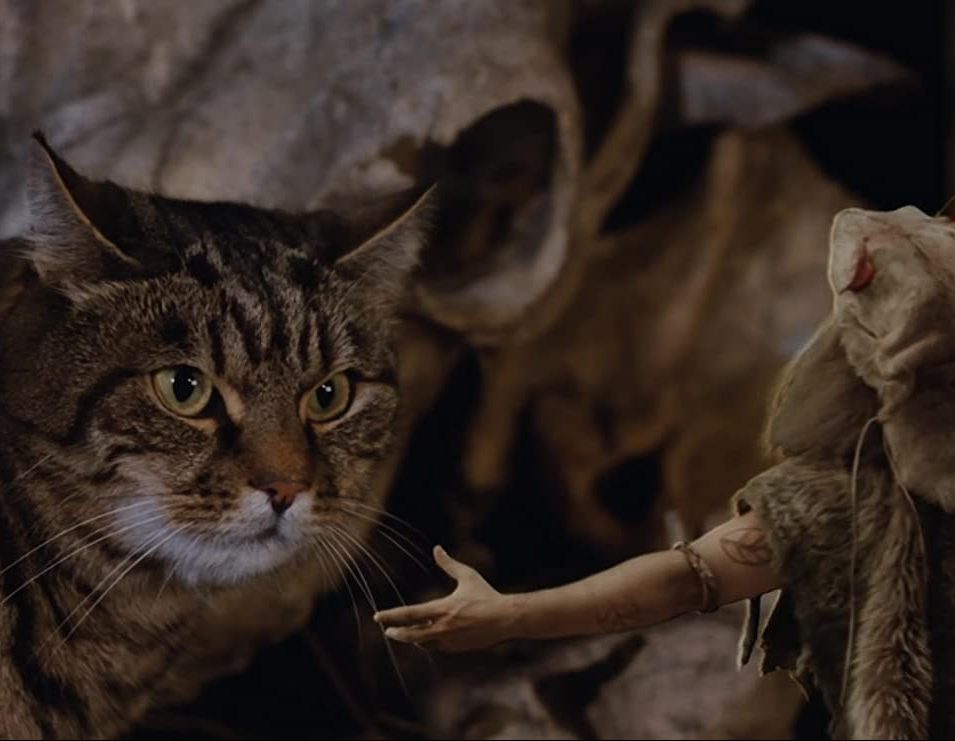
Specifically, Lucas decided to wait until the field of VFX had advanced enough so he wouldn’t have to compromise on any of his vision for Willow.
[rtk_adunit_bottom]
This meant coming up with the idea in 1972, but waiting until 1982 to start the ball rolling on production.
12. China rejected Lucas’ request to film Willow there

If high fantasy movies are famous for anything, it might be their grandly stunning locations.
[rtk_adunit_top]
From lush green forests to huge open plains to terrifying rocky mountains, any tale of quests and heroism should have its fair share of landscapes for a merry band of travellers to traipse through.

Willow is no exception, as it definitely has a few glorious establishing shots to take your breath away.
[rtk_adunit_middle]
With that said, George Lucas had serious problems with finding and shooting on various locations, which led to some interesting improvisations.
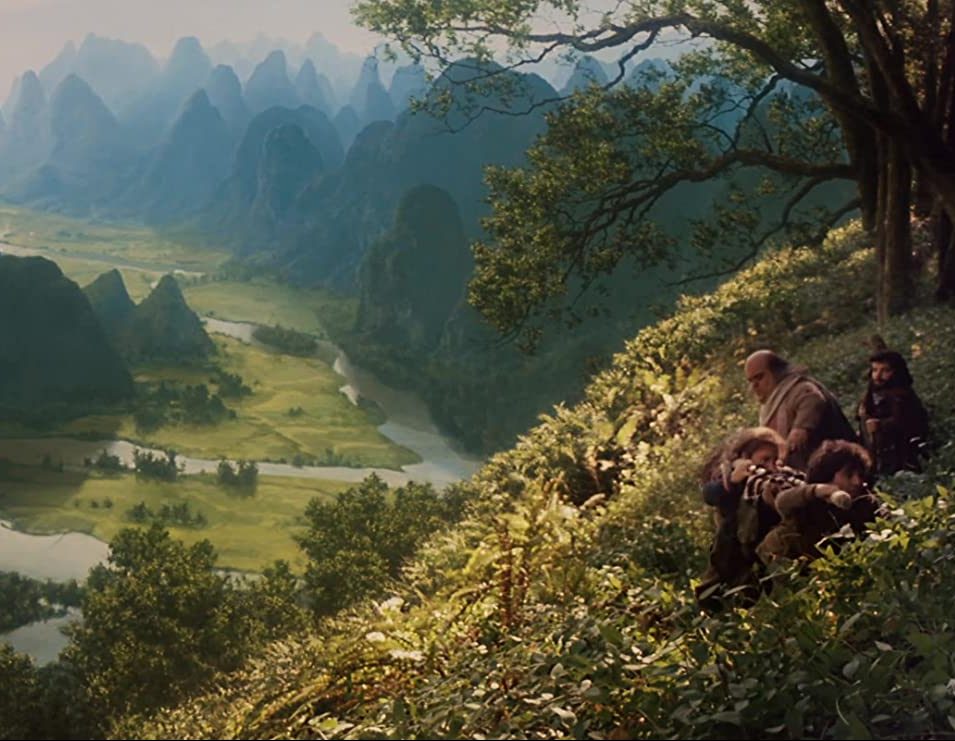
For a start, Lucas applied to shoot Willow on location in China, but was rejected by the Chinese government. Instead, Lucas had to send some crew members to the country to take pictures, which were then used as backgrounds.
[rtk_adunit_bottom]
Not only that, but when it became clear that reshoots would be necessary, Lucas was forced to shoot the rest of the movie in the woods around his home, impressively called Skywalker Ranch.
11. George Lucas wrote the film specifically for Warwick Davis

Though Warwick Davis never had a starring role before Willow, he still managed to make a strong impression on George Lucas.
[rtk_adunit_top]
Davis appeared in Return of the Jedi as Wicket, the brave Ewok that befriends Princess Leia and her friends on the forest moon of Endor.
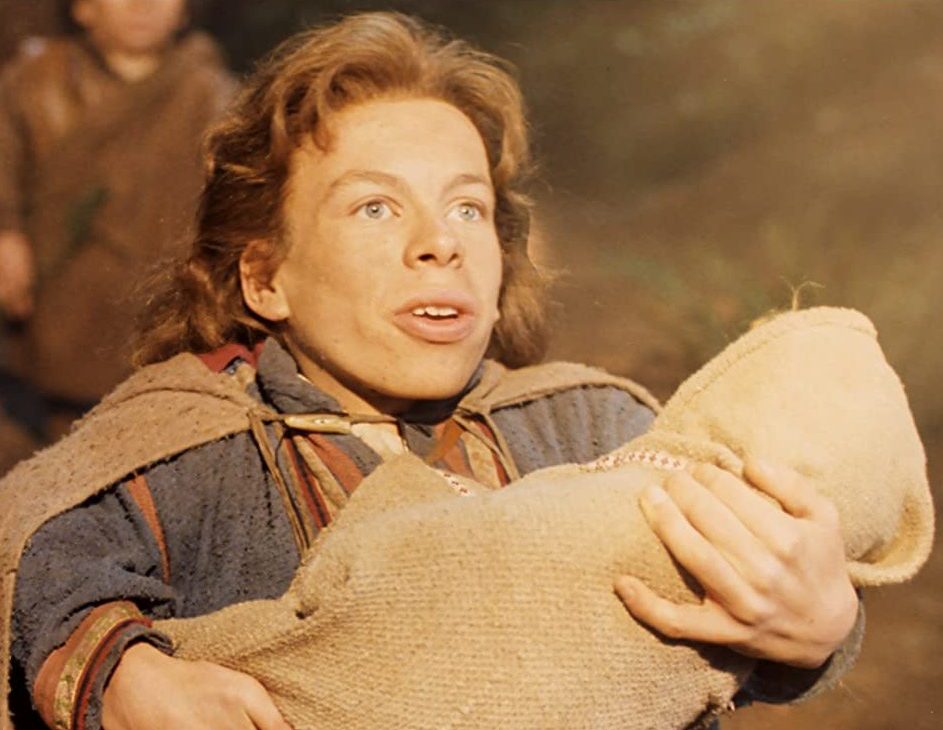
Lucas was ultimately so impressed with Davis that he wrote Willow with him in mind to play the title character.
[rtk_adunit_middle]
Lucas refused to cast anyone but Davis, and created a character that built upon Davis’ existing bubbly personality.

As a result, it’s hard to tell where the character of Willow starts and the personality of Warwick Davis ends.
[rtk_adunit_bottom]
Either way, it makes for a movie in which it’s almost impossible not to root for the hero.
10. Ron Howard based the ugly dragon on his brother

A filmmaker including a tribute to a family member in their film is normally considered a sweet thing to do.
[rtk_adunit_top]
However, some of that kindness and sentimentality is negated when your ‘tribute’ to a family member comes in the form of a huge ugly monster.

Nevertheless, Ron Howard wanted to find a character for his brother Clint Howard to play, since he often had a cameo in his brother’s movies.
[rtk_adunit_middle]
When Ron couldn’t find a character for Clint, the director instead decided to give one of the creatures in the movie his brother’s likeness.
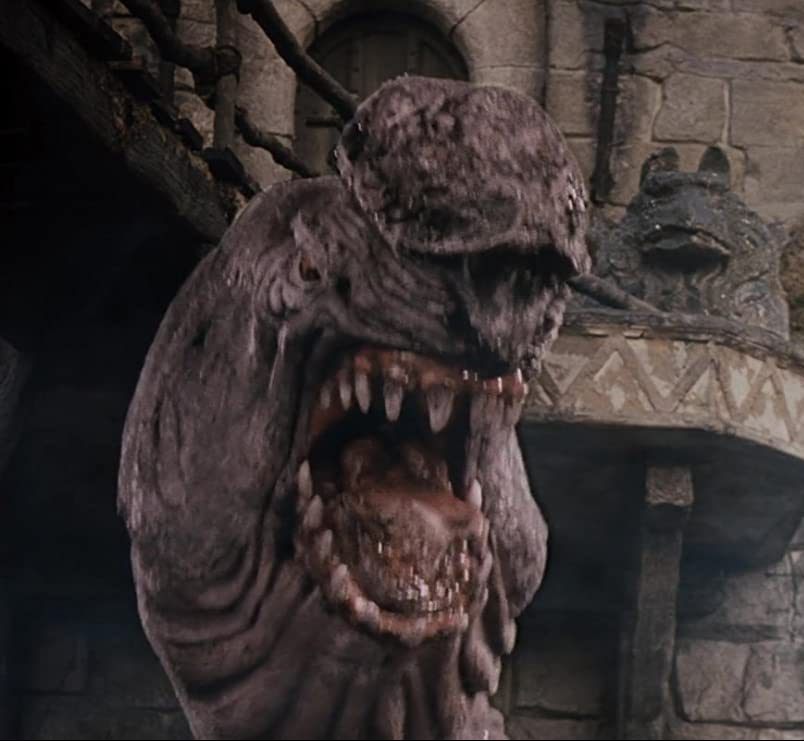
Unfortunately for Clint Howard, the creature that was allegedly based on his likeness was a hideous and terrifying two-headed dragon.
[rtk_adunit_bottom]
Maybe it was supposed to be a metaphor for how close Ron and his brother were?
9. The ‘death dogs’ are just real dogs in masks

It wouldn’t be a fantasy movie without an evil creature small and nimble enough to chase the heroes through a woodland.
[rtk_adunit_top]
For Willow, this creature is the death dog, a furry hell-hound creature with a scary piggy face.
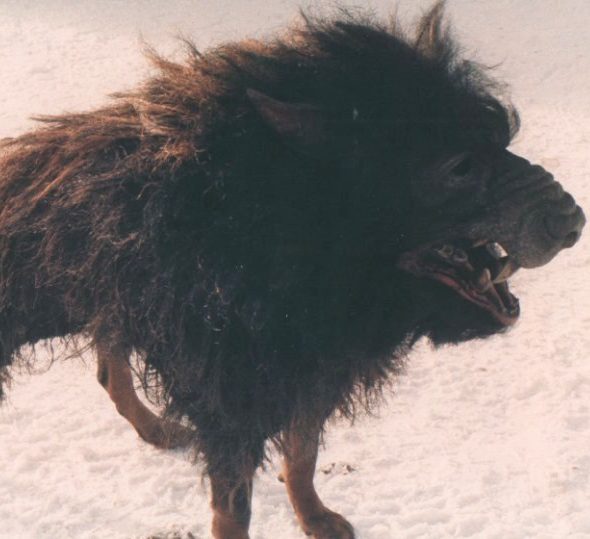
Unfortunately, the death dogs lose most of their ability to terrify once you realise that there are real puppies under all the devilishness.
[rtk_adunit_middle]
That’s right, the death dogs are just adorable pups in masks and furry jackets, and trained to chase the actors.
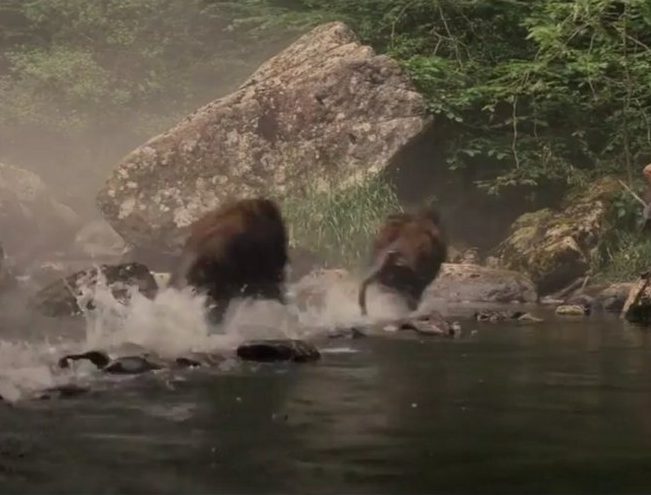
While they might look scary on-screen, the dogs were actually elated and excited, and basically considered a day on set as a huge playdate.
[rtk_adunit_bottom]
Not so frightening now, are they? Apologies for ruining the scare. (No refunds!)
8. Warwick Davis was only 17 when he played married father-of-two Willow
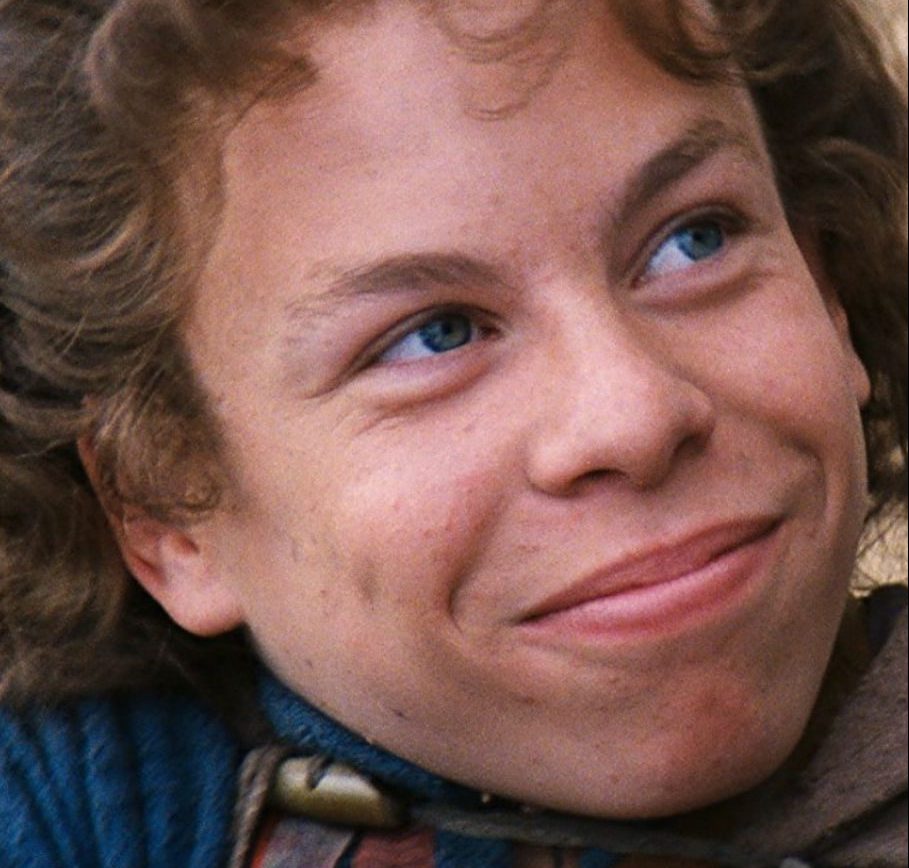
Willow is a pretty steadfast and dependable character, with a job, a family and a quiet life that makes him happy.
[rtk_adunit_top]
Willow has a wife he loves, as well as two children and a job on a farm that he quietly tends to.
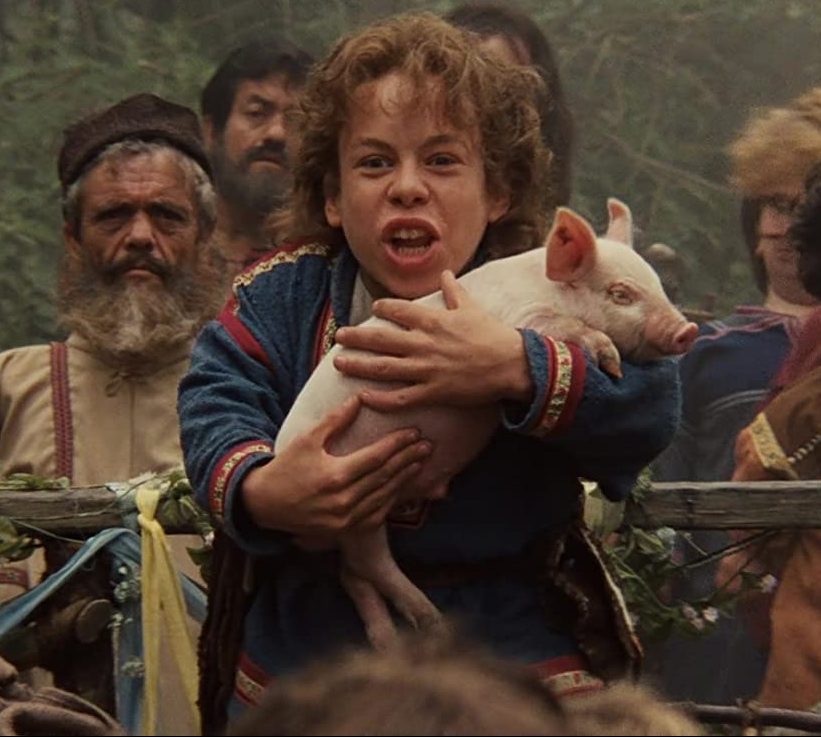
From this description, it’s not surprising that the character of Willow is supposed to be in his late 20s.
[rtk_adunit_middle]
What is surprising, however, is that Warwick Davis was cast as this grown-up farmer and family man while still being technically a child.
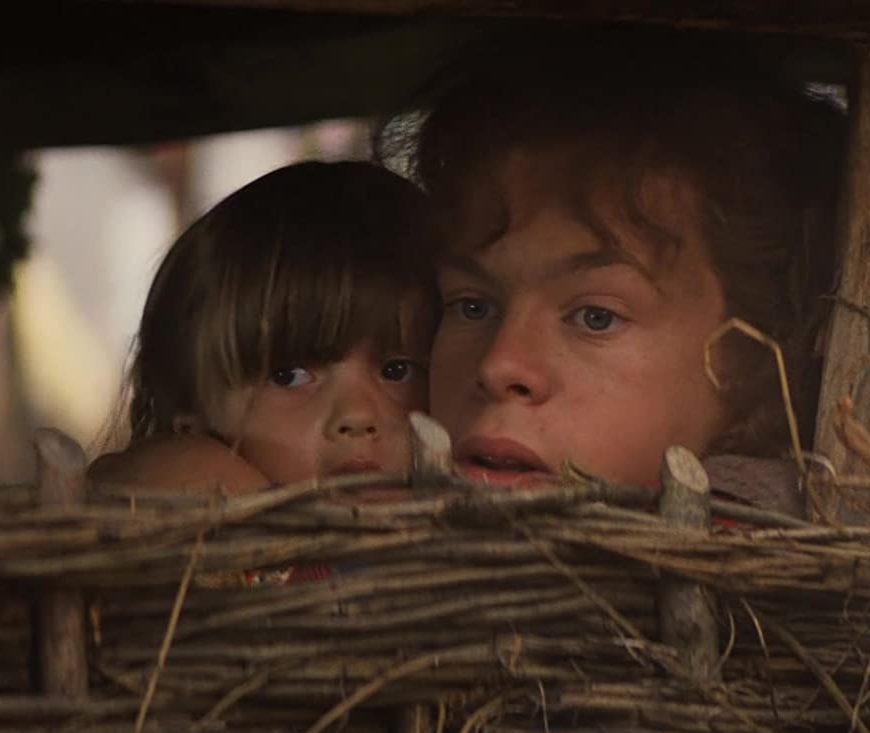
Despite convincingly playing the grounded and practical character, Davis himself was only a teenager when he got the role.
[rtk_adunit_bottom]
It’s impressive that at just 17 Davis managed to play an adult character so well, even if his real age shone through in his excited attitude on set.
7. Joanne Whalley and Val Kilmer got married after filming ended
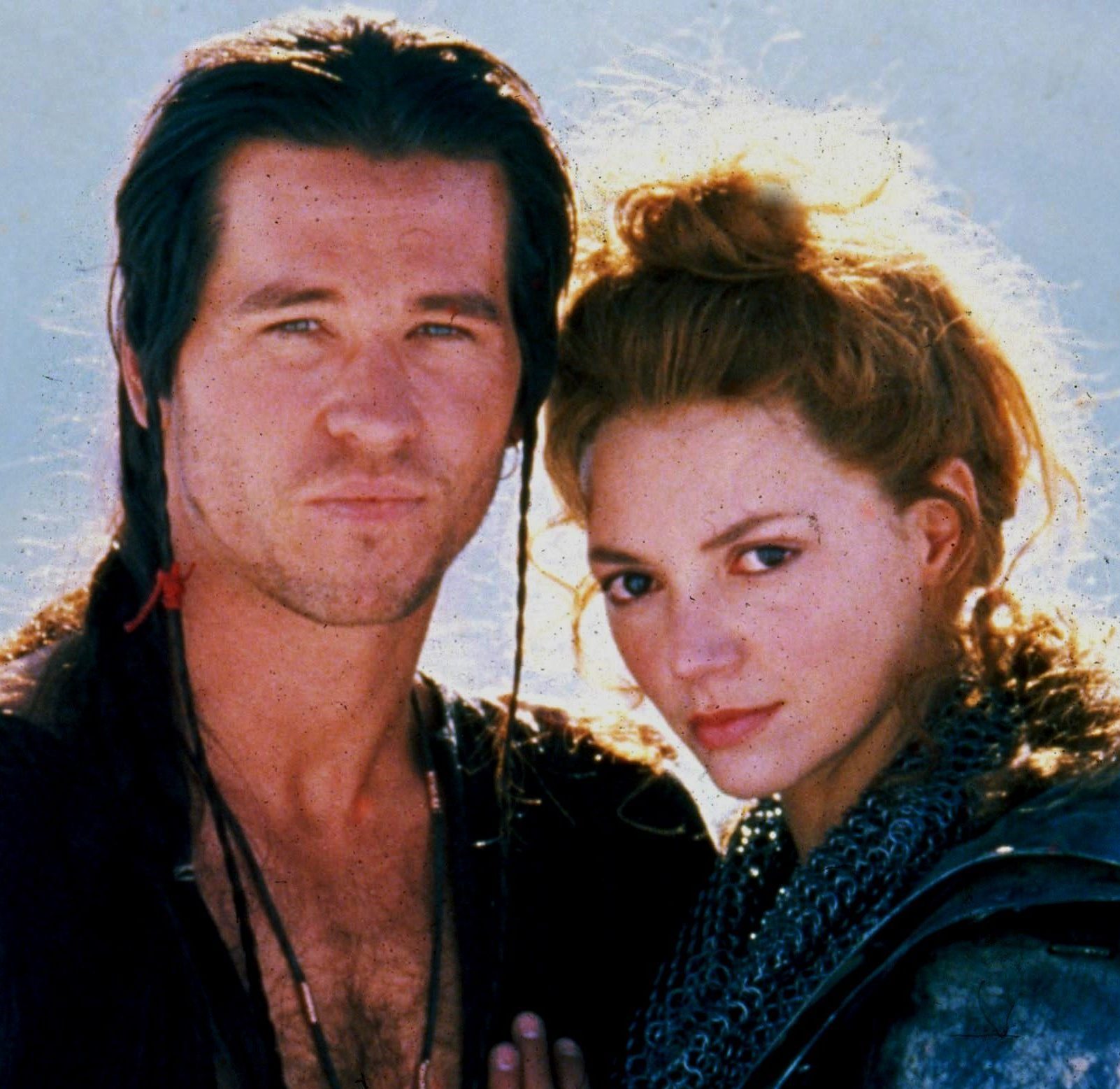
On-set romances are nothing new, and it’s fairly common for actors to fall in love with each other for real after simply acting as though they were in love during filming.
[rtk_adunit_top]
That’s exactly what happened to Val Kilmer and Joanne Whalley, who became inseparable as filming on Willow progressed.
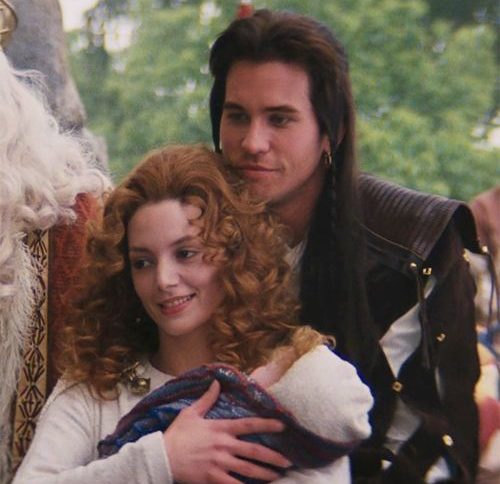
However, while many on-screen romances tend to fizzle out before the actors make it to the premiere, Kilmer and Whalley’s continued.
[rtk_adunit_middle]
Kilmer and Whalley continued dating after filming on Willow wrapped up, and the pair even decided to get married shortly after.

The two, unfortunately, were divorced in 1996, but not before they had two children together.
[rtk_adunit_bottom]
Whether Kilmer and Whalley are currently together or not, though, it’s still fun to watch the movie and spot the burgeoning love between the two actors.
6. Warwick Davis had to learn magic for the film
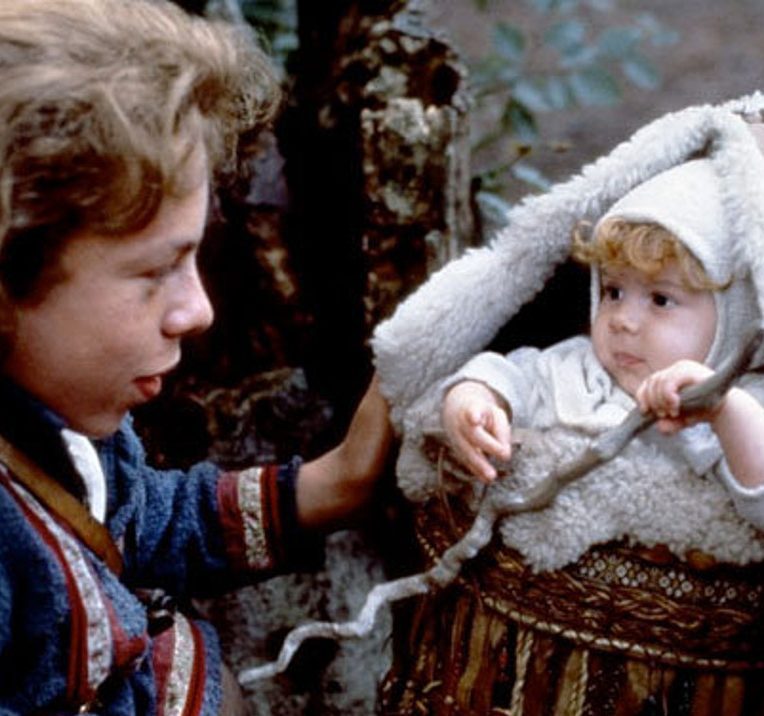
A lot of the time in movies, actors simply have to pretend to be an expert in a certain field or skill, without actually having to learn anything about it.
[rtk_adunit_top]
However, sometimes it is necessary for actors to learn disciplines other than acting so they can convincingly display them on screen.
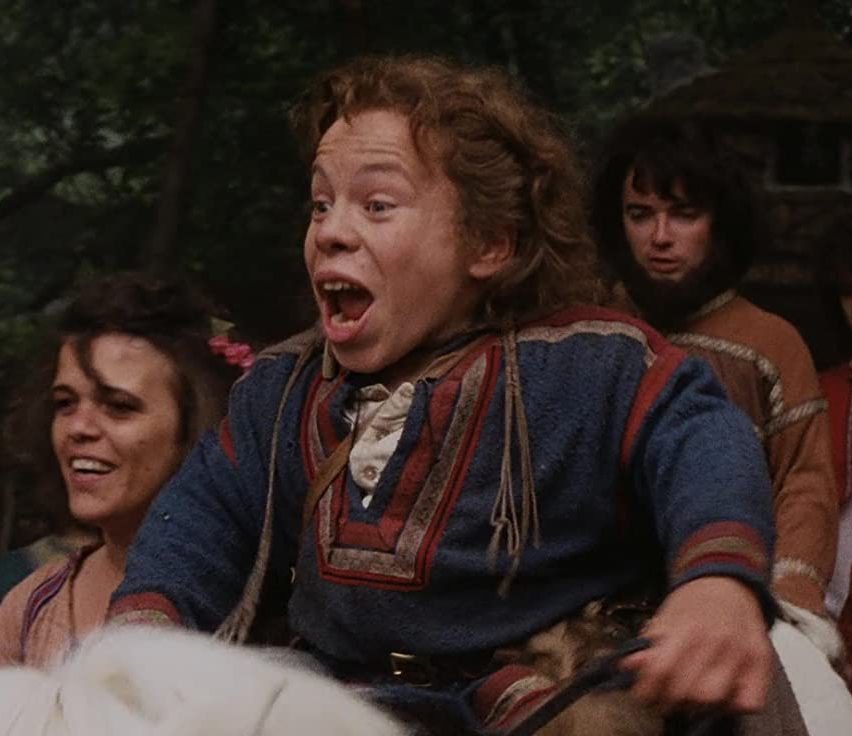
While most actors might have to learn one or two skills at most for a movie, Warwick Davis had to pick up a whole host of new abilities.
[rtk_adunit_middle]
As if learning how to hold and care for a baby wasn’t enough, he also had to train himself out of his normal accent, and learn a convincing new one instead.
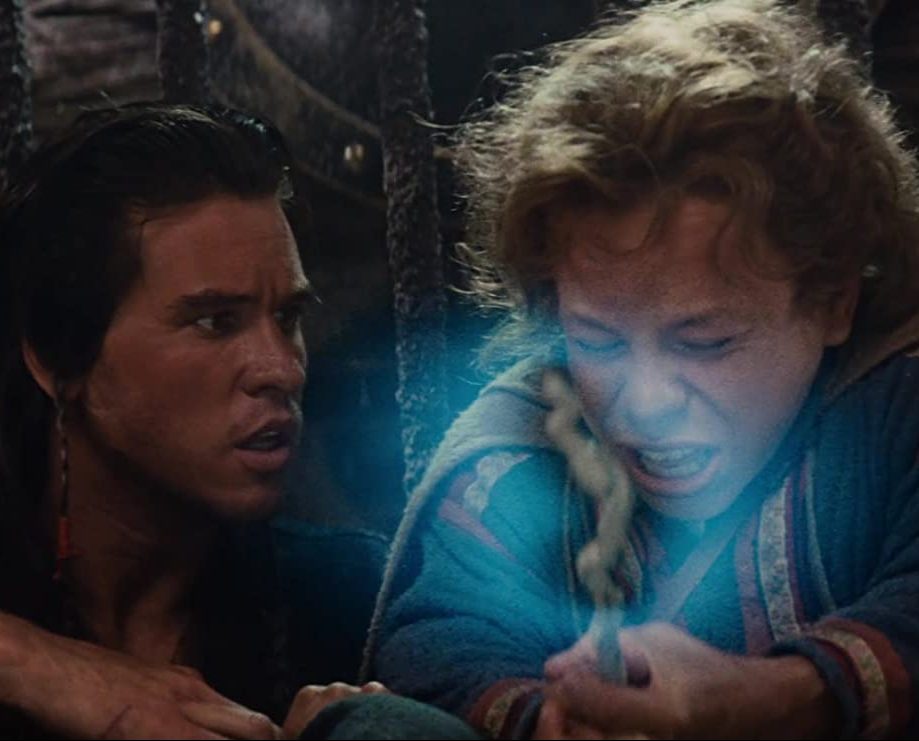
Not only that, but Davis, as part of his transformation into an action man, also had to learn how to wield a sword and ride a horse.
[rtk_adunit_bottom]
Davis even had to learn close-up magic for the role. Overall, the actor had a lot of new talents by the time shooting on Willow wrapped up.
5. Warwick Davis made his own behind-the-scenes documentary while shooting the film
- Credit: Gordon Tarpley via Flickr

Willow was Warwick Davis’ first starring role, before it having only played various small parts, such as a goblin in Labyrinth and an Ewok in Star Wars.
[rtk_adunit_top]
Going from being an extra to carrying a whole movie is no easy feat, and so Davis had a lot to balance and think about on the set of Willow.
- Credit: LucasFilm/MGM
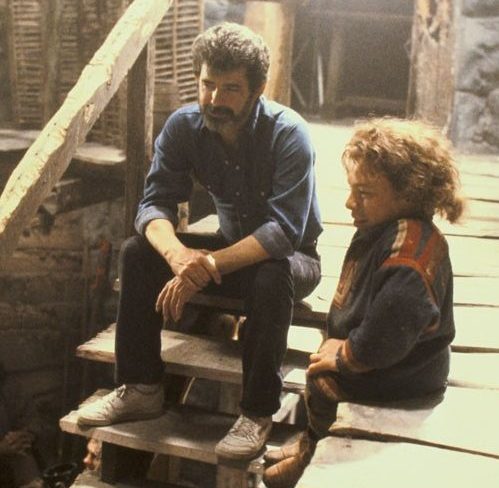
Despite how challenging the filmmaking process was, Davis decided early on that he just wasn’t busy enough.
[rtk_adunit_middle]
As well as filming a movie in which he was the star, Davis also spent his time between takes filming his own behind-the-scenes documentary.
- Credit: LucasFilm/MGM
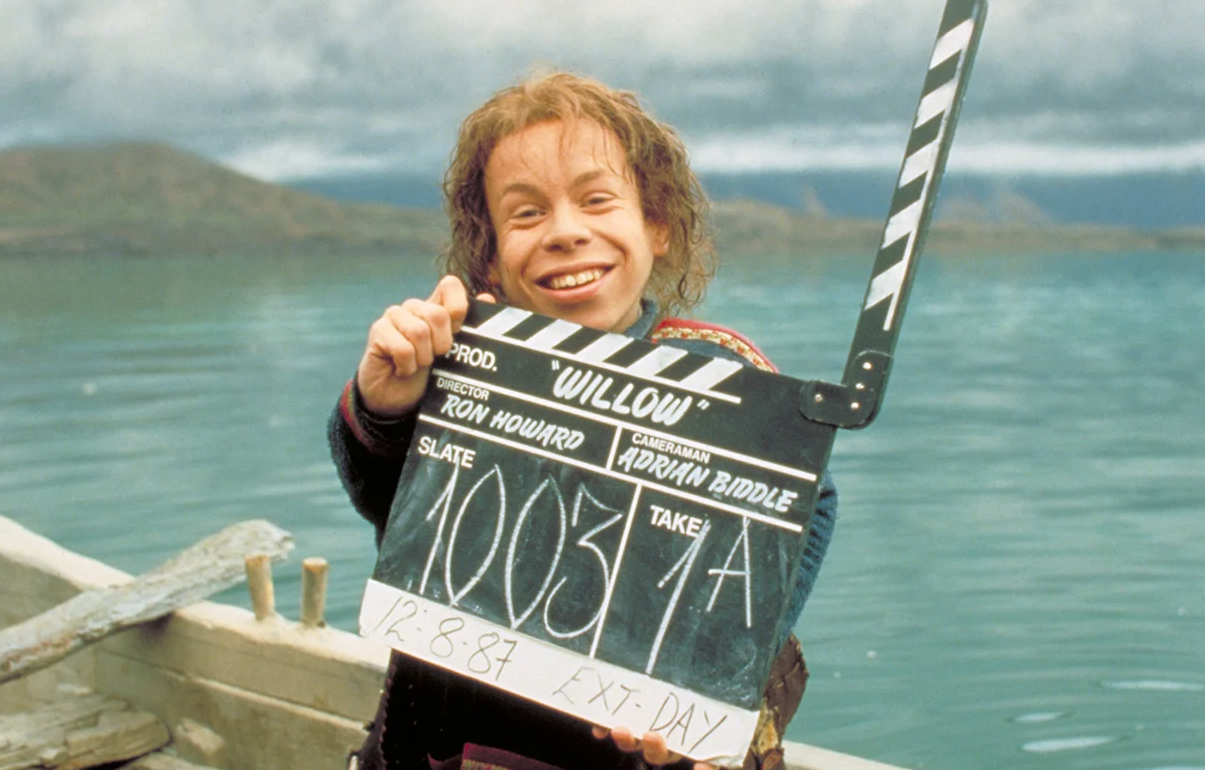
The documentary spent years in a box in Davis’ attic, until it was dug out to become a special feature on the Willow DVD.
[rtk_adunit_bottom]
Now everyone can see the antics of a 17-year-old Warwick Davis as he documents his first-ever starring role.
4. The film’s ‘morphing’ technology was the first of its kind
We’ve already discussed how George Lucas waited for the visual effects field to progress before making Willow, and there were good reasons for that.
[rtk_adunit_top]
The first was so that the Brownies, those tiny fantastic creatures the size of mice, could convincingly be placed into scenes with other regular-sized characters.
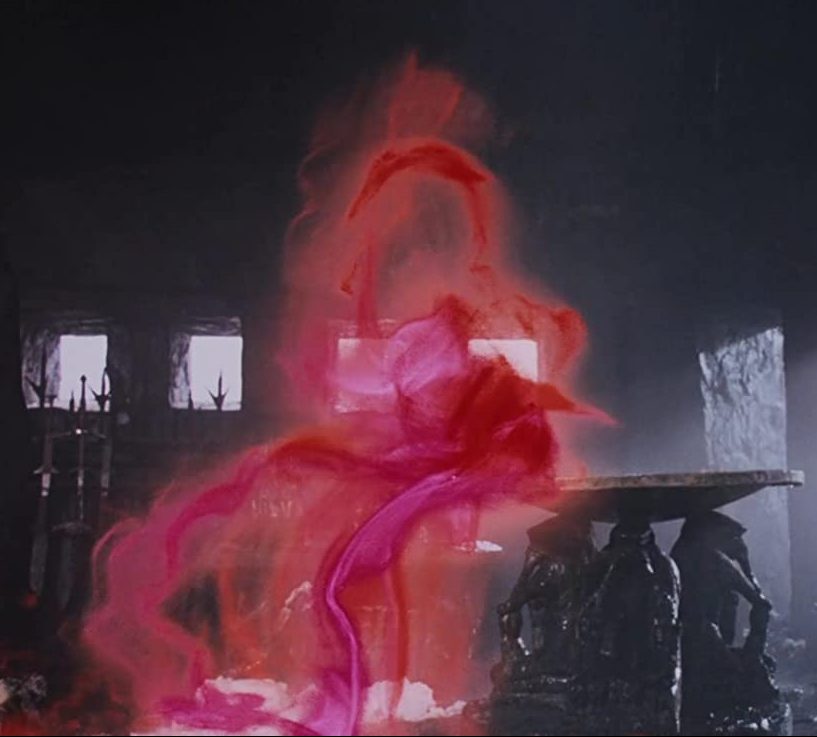
However, the second and more important reason Lucas needed to wait for the capabilities of VFX to catch up with his imagination was the proposed morphing effects.
[rtk_adunit_middle]
Willow was the first film to use the new ‘morphing’ technique that had been developed by Industrial Light and Magic, the visual effects company behind Star Wars and a host of other groundbreaking films.

ILM were clearly proud of their work, as there is one scene with multiple transformations using exactly this process.
[rtk_adunit_bottom]
Creating the technique also gave Lucas new ideas about how he could push his movies even further, and progressed the world of VFX as a whole.
3. The film holds the record for the largest cast of little people

At least according to star Warwick Davis, Willow wasn’t just trailblazing in terms of its visual effects, but also in its casting.
[rtk_adunit_top]
The film is notable for casting more little people than any other project that had come out at the time.
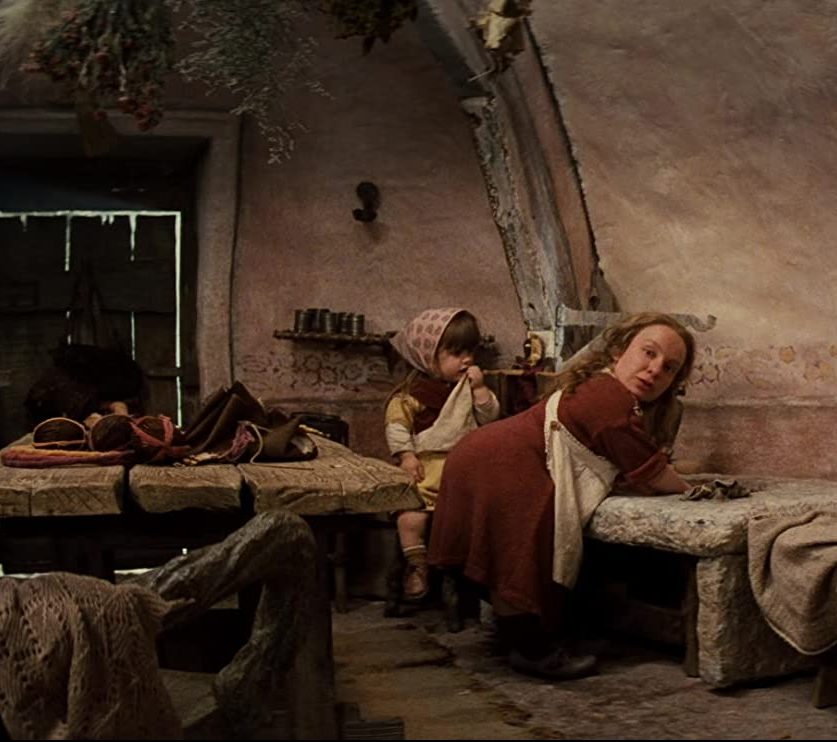
Records show that between 225 and 240 little people were called upon to appear in the film.
[rtk_adunit_middle]
Even more notable is that most of these actors had fully-fleshed characters and speaking parts, rather than their being relegated to extras.
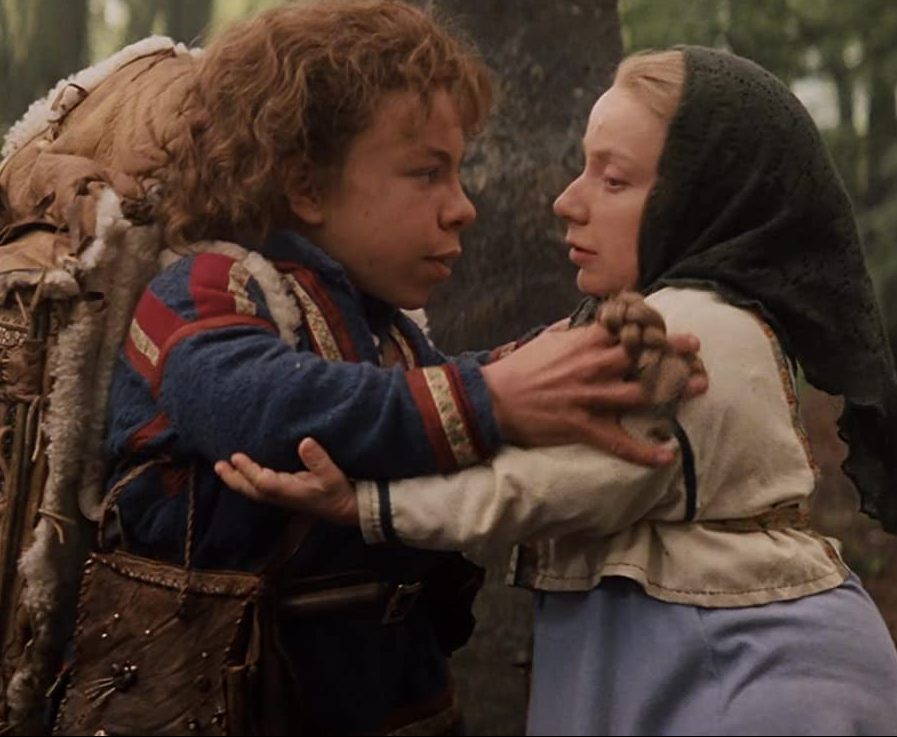
It was a huge step forward at the time, and the film is still notable in terms of its casting today.
[rtk_adunit_bottom]
Willow is also sweet and hilarious, just in case you needed another reason to watch it.
2. The movie contains three Wilhelm screams
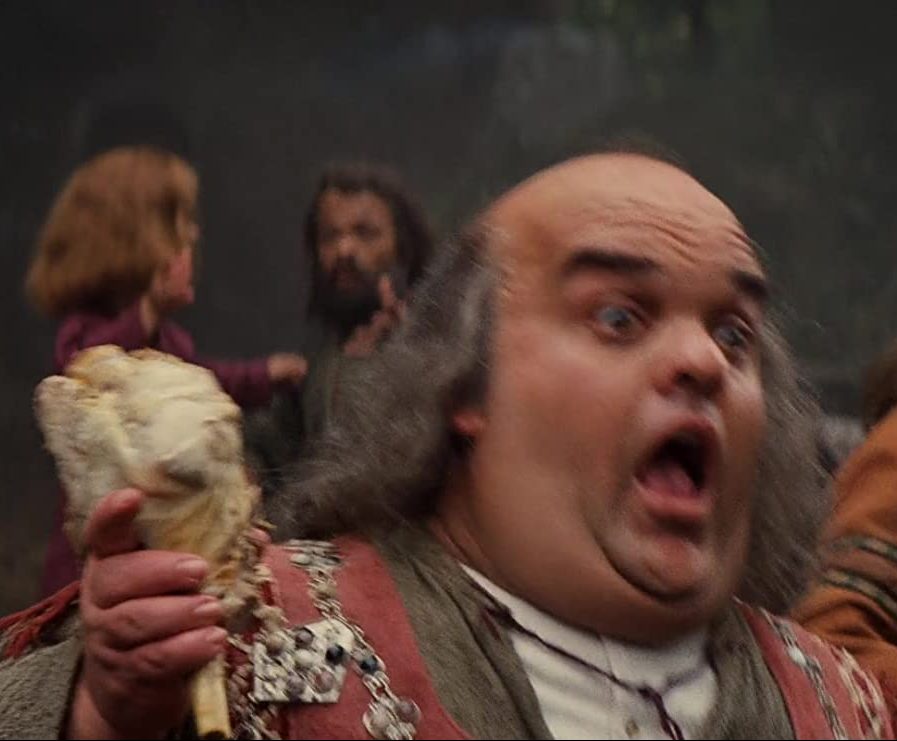
The Wilhelm Scream is basically a cinema-wide Easter egg, with a countless number of films including the signature sound effect.
[rtk_adunit_top]
The scream was originally recorded and used in 1951, and it has since appeared in at least 400 pieces of media.
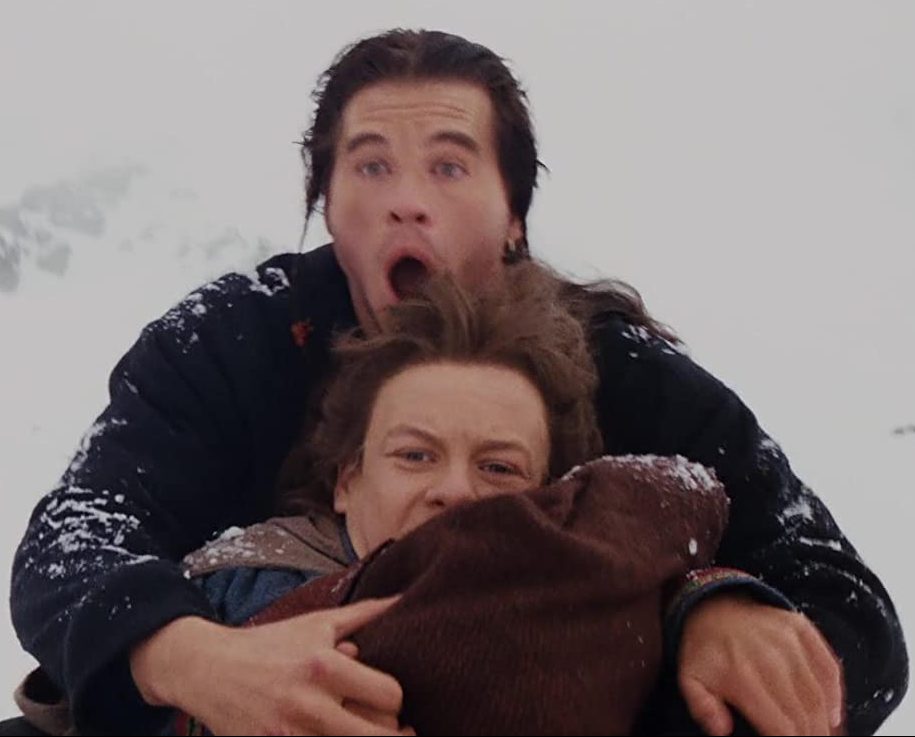
As well as famously being snuck into the likes of A Star Is Born, Raiders of the Lost Ark and Batman Returns, the scream is used three times in Willow.
[rtk_adunit_middle]
The first time is during the escape from the tavern, as the chariot of one of the soldiers crashes and he is sent flying.
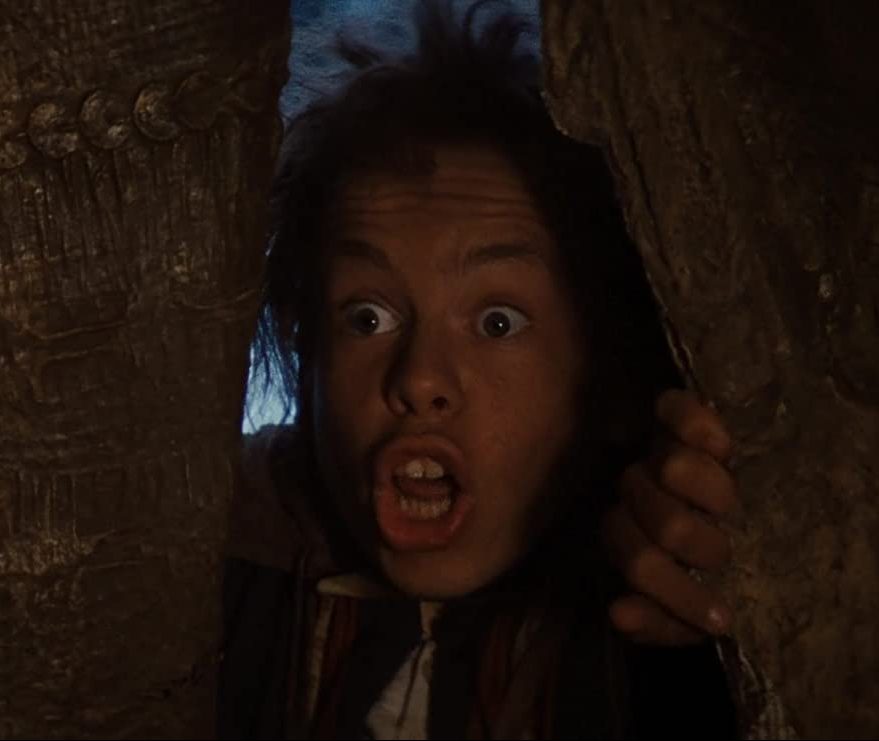
The second time is when the Brownies shoot several soldiers with a large spear, while the third is when a horseman is attacked at Nockmaar Castle.
[rtk_adunit_bottom]
Listen carefully on your next watch through and you might hear the distinctive noise effect yourself!
1. Val Kilmer improvised many of his lines
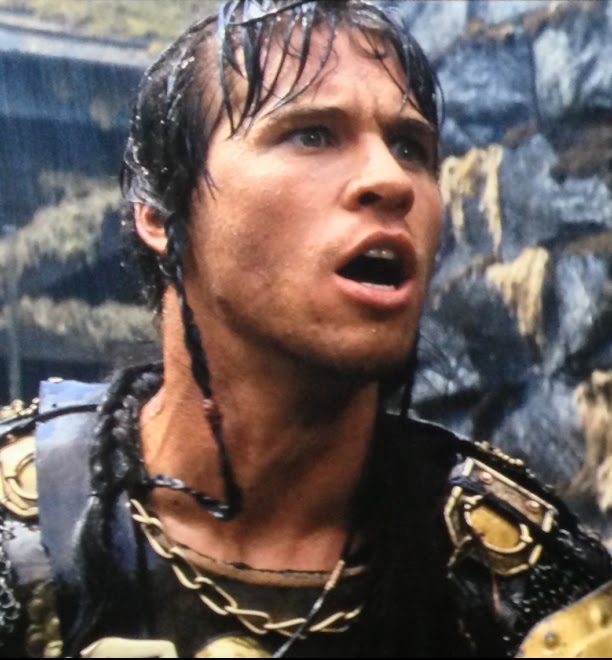
To bring his unique personality to the role, Val Kilmer ad-libbed a lot of Madmartigan’s lines.
[rtk_adunit_top]
Then again, Kilmer maybe wasn’t taking the role too seriously, given reports of his bad on-set behaviour in other films.
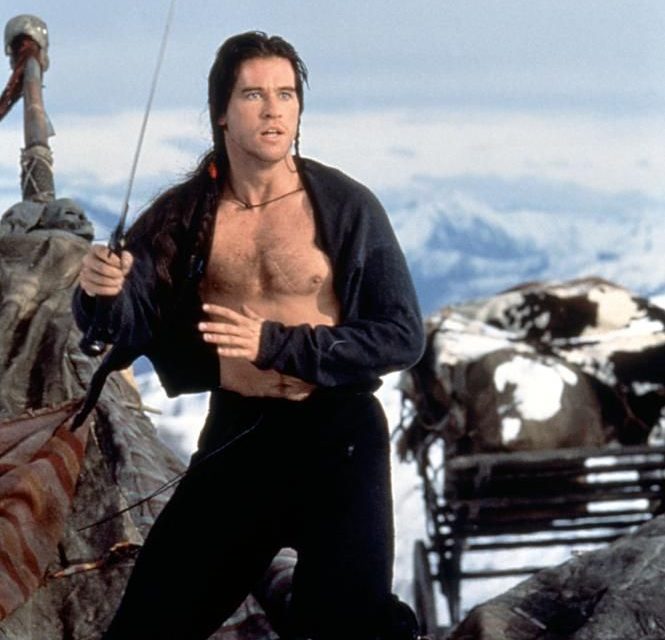
It makes sense that Kilmer was constantly veering off-script and making up his own lines during the production of Willow, since he was probably too enamoured with his co-star Joanne Whalley to learn his lines.
[rtk_adunit_middle]
Kilmer did garner a reputation for not caring that much about the project, but the crew let him continue to ad-lib for one simple reason.
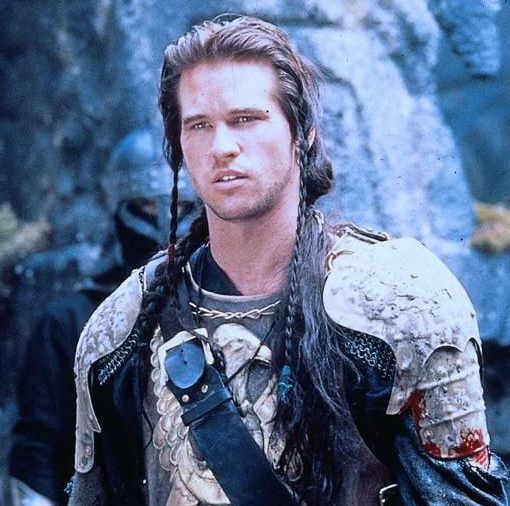
Essentially, Kilmer’s unique contributions to the script gave the character a unique depth and quirkiness, which the crew knew could never be achieved if Madmartigan had been totally scripted.
[rtk_adunit_end]

